Ilama, a tropical fruit native to Central America, is a hidden gem in the world of exotic fruits. Known for its creamy texture and subtle sweetness, the ilama (Annona diversifolia) belongs to the same family as cherimoya and soursop. While this fruit is not as globally commercialized as bananas or mangoes, it holds significant cultural, agricultural, and economic importance in specific regions. Among the countries cultivating this tropical delicacy, Guatemala stands out as the largest producer of ilama globally.
Introduction to the Ilama Fruit
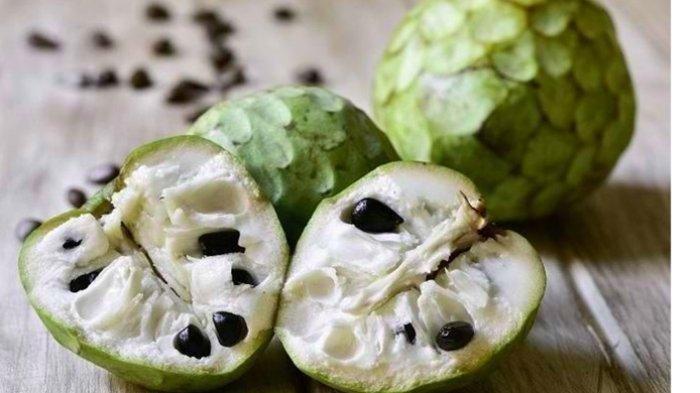
The ilama fruit grows on a small deciduous tree, typically reaching heights of 4–8 meters. It is native to the Pacific coast of Central America, particularly southern Mexico, Guatemala, and El Salvador. The fruit itself can be green or pink on the outside, with a soft, custard-like white or pink pulp inside. It’s usually eaten fresh, often sprinkled with lime or a touch of salt to enhance its delicate flavor.
Despite being relatively unknown in international markets, ilama enjoys a cult following in its native regions, where it is consumed as a seasonal treat and incorporated into traditional cuisines.
Guatemala: The Powerhouse of Ilama Production
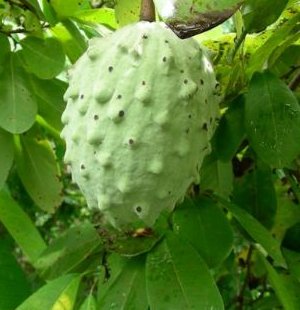
Favorable Climate and Soil
Guatemala’s tropical and subtropical climate is ideal for cultivating ilama. The country features rich volcanic soils, moderate rainfall, and warm temperatures, all of which support the healthy growth of this delicate fruit. Farmers in the departments of Suchitepéquez, Retalhuleu, Escuintla, and Santa Rosa have been growing ilama for generations.
These areas not only provide optimal environmental conditions but also boast a deep-rooted agricultural tradition where knowledge about ilama cultivation is passed down through families. This intimate understanding of the crop gives Guatemala a significant edge in quality and quantity of production.
Traditional Farming Practices

Unlike mass-produced fruits, ilama is still largely grown through traditional methods in Guatemala. Farmers hand-pick the fruit at its peak ripeness, ensuring it reaches consumers with the best flavor and texture possible. These artisanal methods contribute to the fruit’s exclusivity and premium reputation within local markets.
Additionally, since ilama is a seasonal crop, it becomes a celebrated part of Guatemala’s fruit calendar. Local festivals and markets are timed with the ilama harvest, drawing both domestic and international tourists.
Government and NGO Support
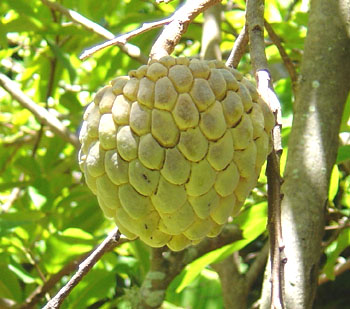
Several agricultural development programs in Guatemala have recognized the potential of exotic fruits like ilama in rural economic development. NGOs and government agencies offer training in organic farming, pest control, and efficient irrigation techniques specifically aimed at improving ilama yields. These programs help small-scale farmers improve quality and output while maintaining sustainable practices.
Other Countries Producing Ilama
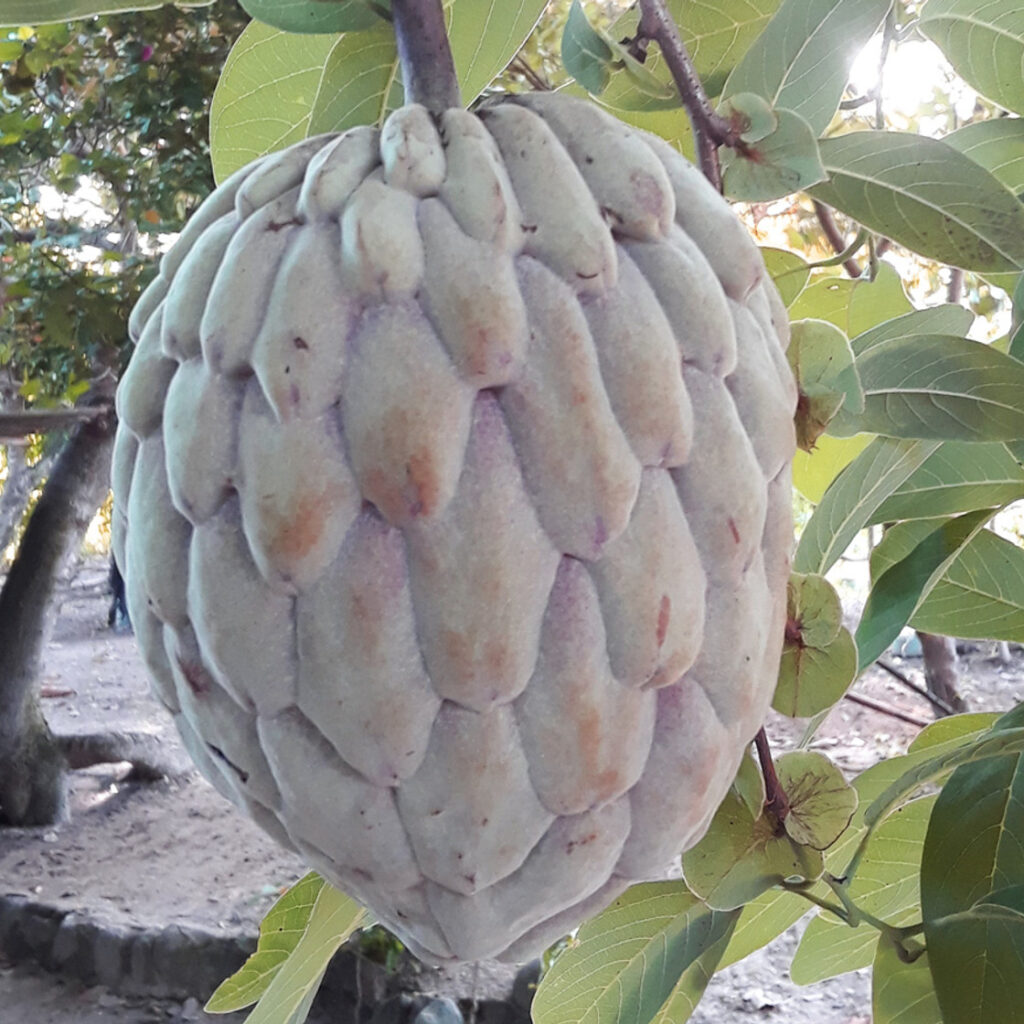
Although Guatemala is the top producer, other Central American nations also cultivate ilama on a smaller scale:
Mexico
In southern Mexico, particularly in the states of Oaxaca and Chiapas, ilama grows wild and is cultivated on small family farms. It is often sold in local markets but is not grown on the same commercial scale as in Guatemala.
El Salvador and Honduras
Both El Salvador and Honduras have favorable conditions for ilama, and the fruit can occasionally be found in home gardens and regional markets. However, lack of commercial infrastructure limits large-scale production.
Colombia and Nicaragua
While not traditional ilama-growing regions, countries like Colombia and Nicaragua are beginning to explore ilama cultivation as part of exotic fruit diversification programs. These efforts are still in their infancy and are yet to reach a commercial scale.
Why Isn’t Ilama More Widely Known?
Despite its excellent taste and nutritional profile, ilama remains relatively obscure on the international fruit stage. Several reasons contribute to this:
Short Shelf Life
Ilama has a very short shelf life, making it difficult to export over long distances. The fruit begins to spoil soon after ripening, limiting its market to regions close to production zones.
Lack of Commercial Investment
Unlike bananas, avocados, or mangoes, ilama hasn’t yet caught the attention of major agricultural investors. Without commercial orchards or international branding, the fruit remains largely a local delicacy.
Limited Consumer Awareness
Outside Central America, very few people have even heard of ilama, let alone tasted it. With minimal marketing and little presence in supermarkets, consumer demand remains low.
The Future of Ilama Production
Although ilama is currently a niche crop, there’s growing interest in exotic and heirloom fruits among consumers, chefs, and nutritionists around the world. This trend may offer an opportunity for ilama to gain a broader audience.
Export Opportunities
With advancements in cold-chain logistics and airfreight, small quantities of ilama could potentially be exported to high-end markets in the United States, Canada, and Europe. Specialty grocery stores and restaurants that cater to gourmet or health-conscious consumers may be interested in importing this unique fruit.
Nutritional and Health Benefits
Ilama is rich in dietary fiber, vitamin C, and natural sugars. It’s low in fat and provides a source of antioxidants that help fight inflammation. These properties could position ilama as a superfruit if marketed correctly.
Culinary Innovation
Chefs in Guatemala and beyond have begun experimenting with ilama in gourmet dishes, smoothies, and desserts. As farm-to-table and exotic cuisine trends rise, ilama’s distinct taste could be the next big thing in culinary circles.
Conclusion
Guatemala is, without doubt, the largest ilama producer globally, thanks to its favorable climate, traditional farming culture, and growing local demand. While this fruit may not yet be a staple on international grocery shelves, its unique taste, cultural heritage, and nutritional value make it a fruit worth watching.
As consumer interest in exotic fruits grows and agricultural logistics improve, ilama could soon step out of the shadows of its better-known relatives like cherimoya and soursop. For now, if you want to experience the true taste of ilama, there’s no better place than Guatemala.
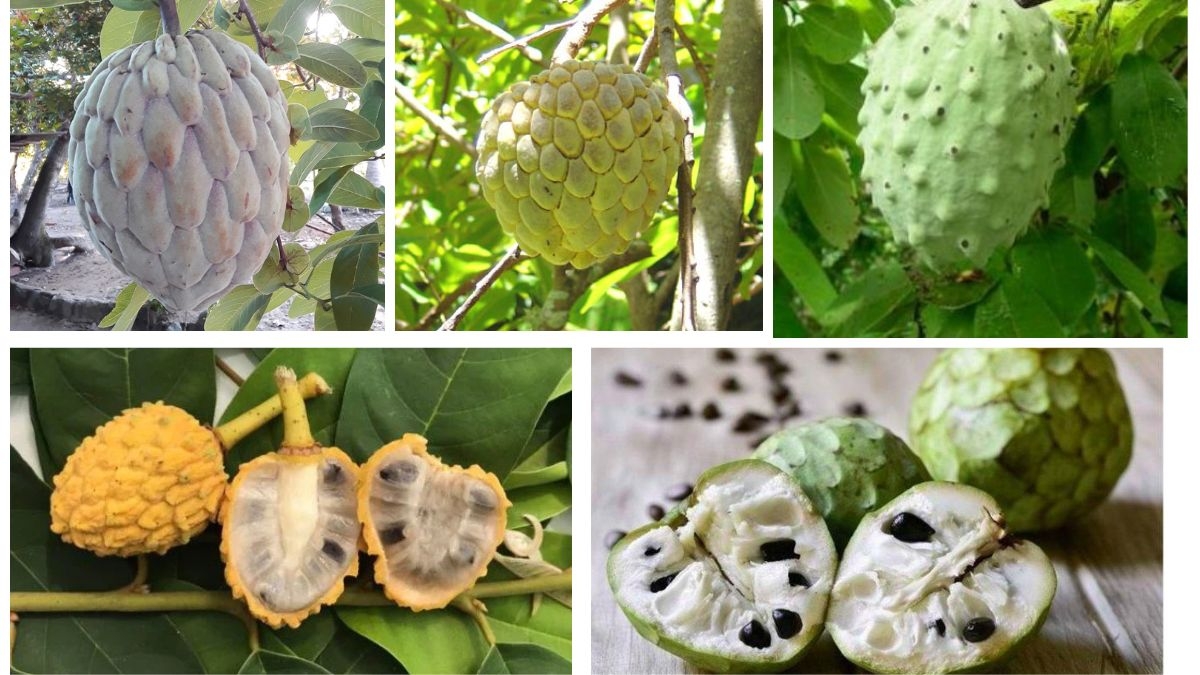

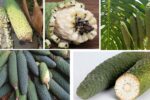
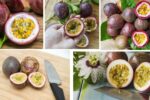
Leave A Comment